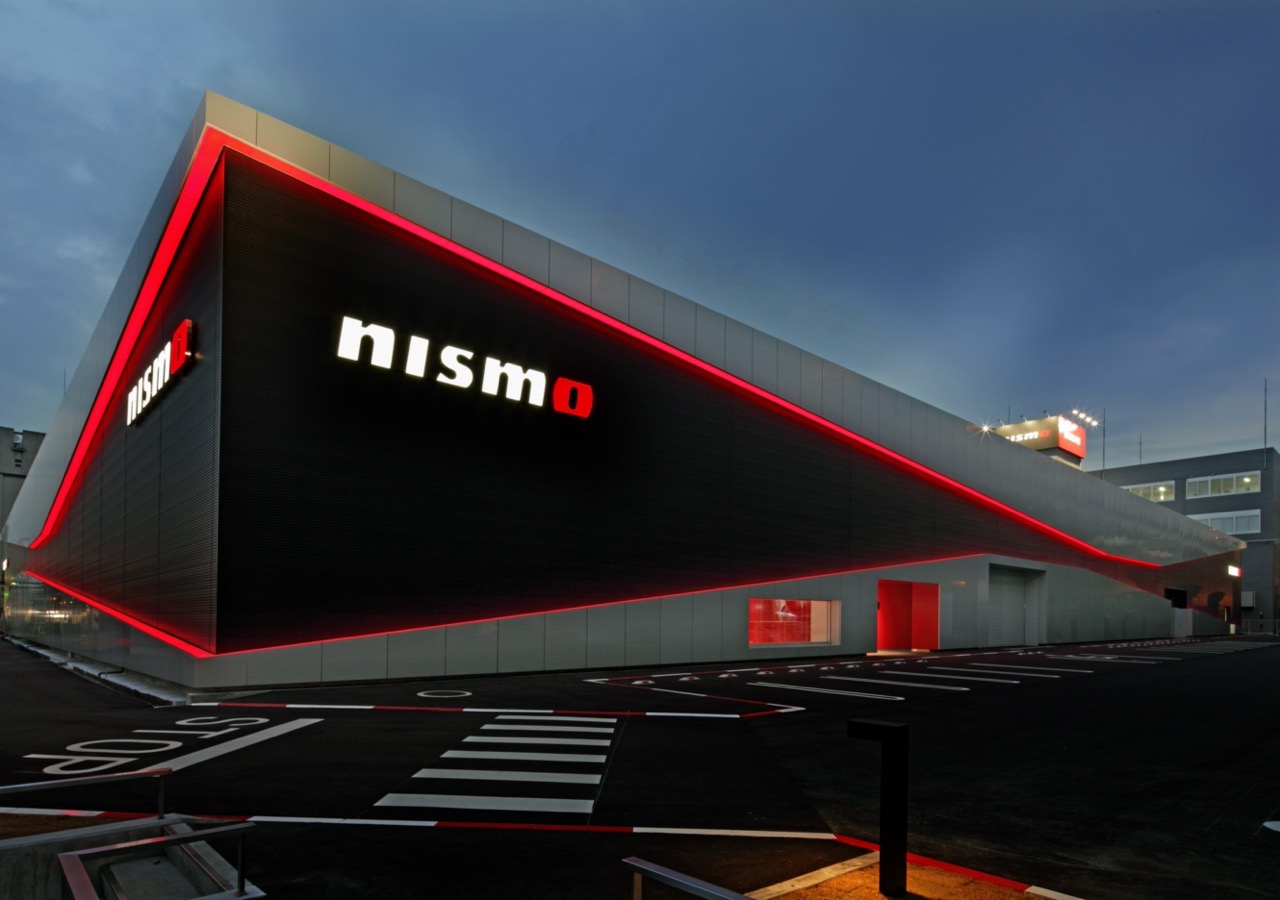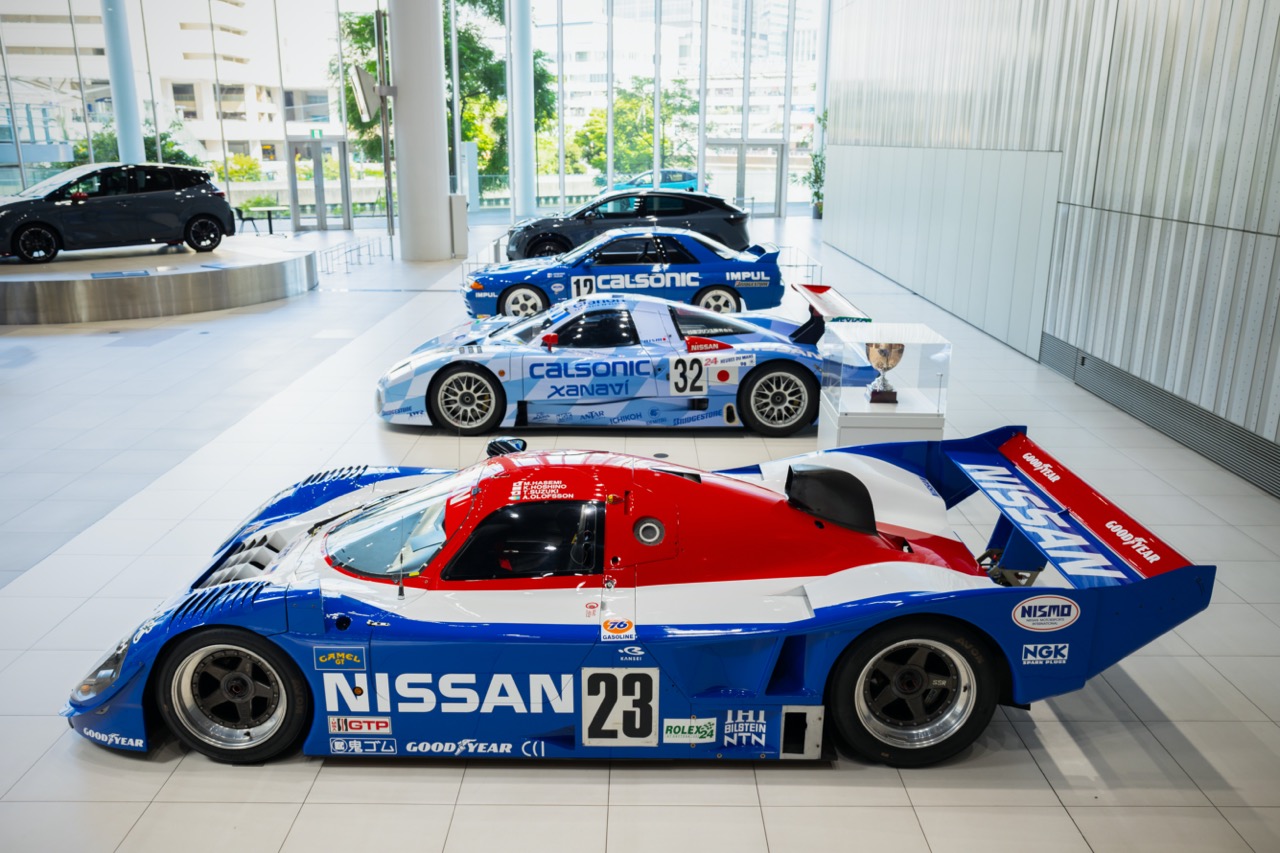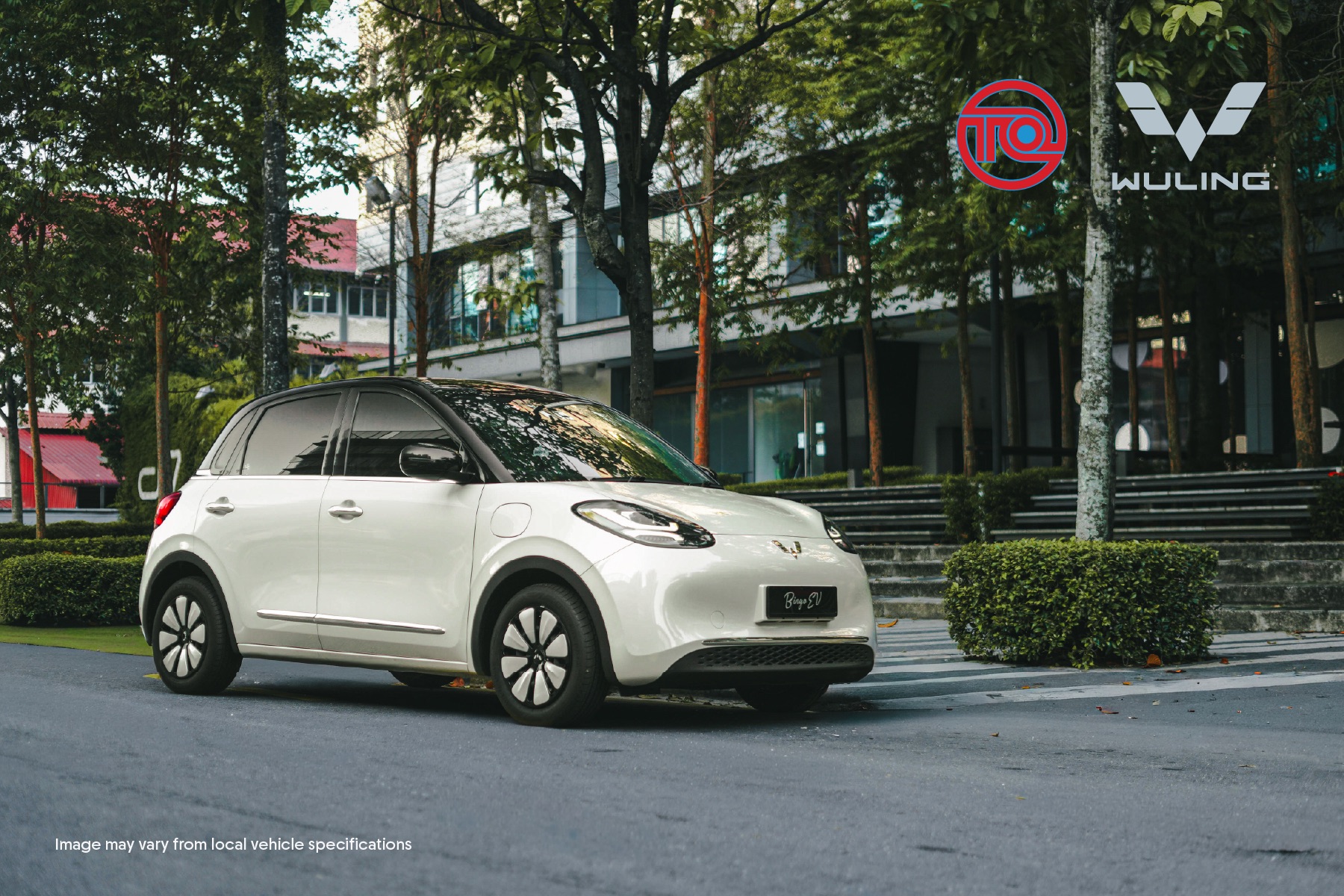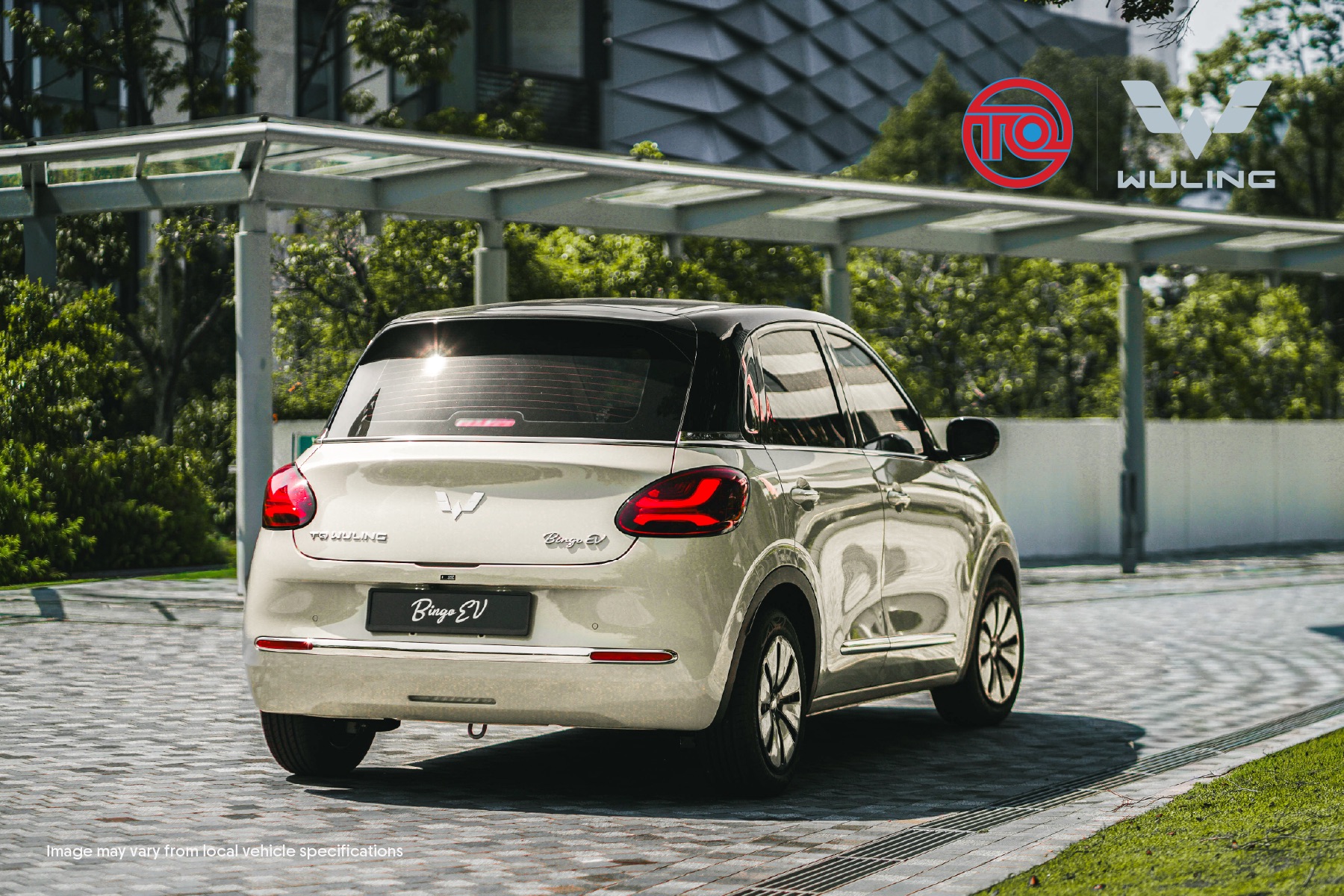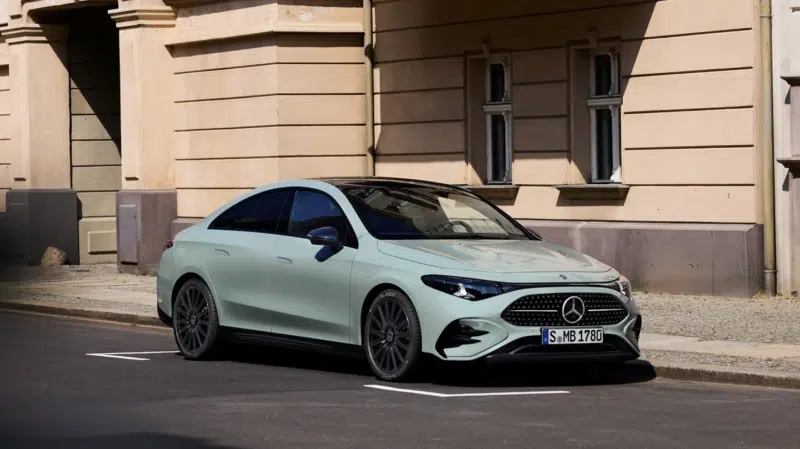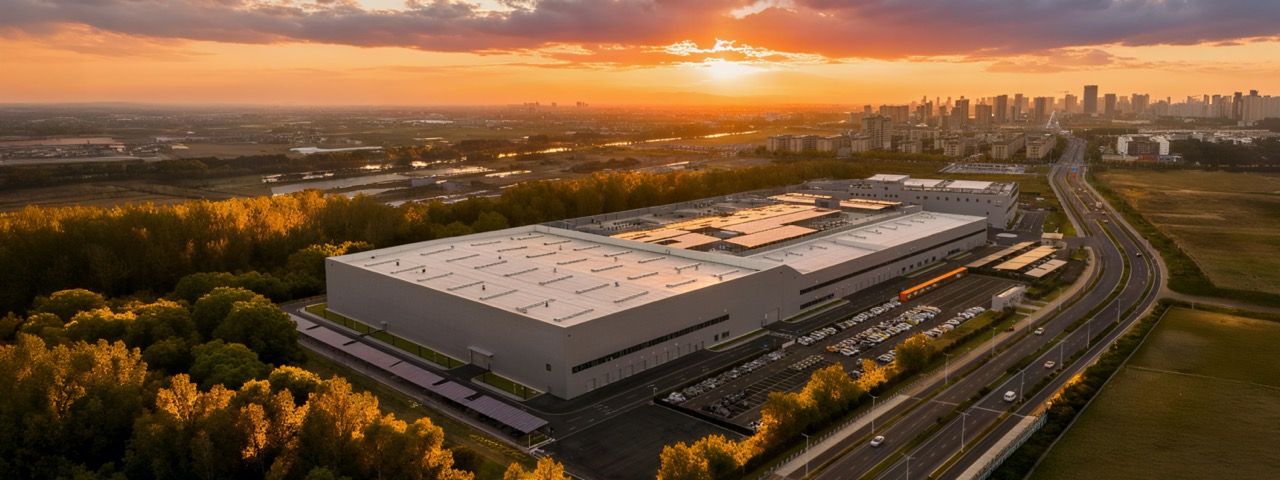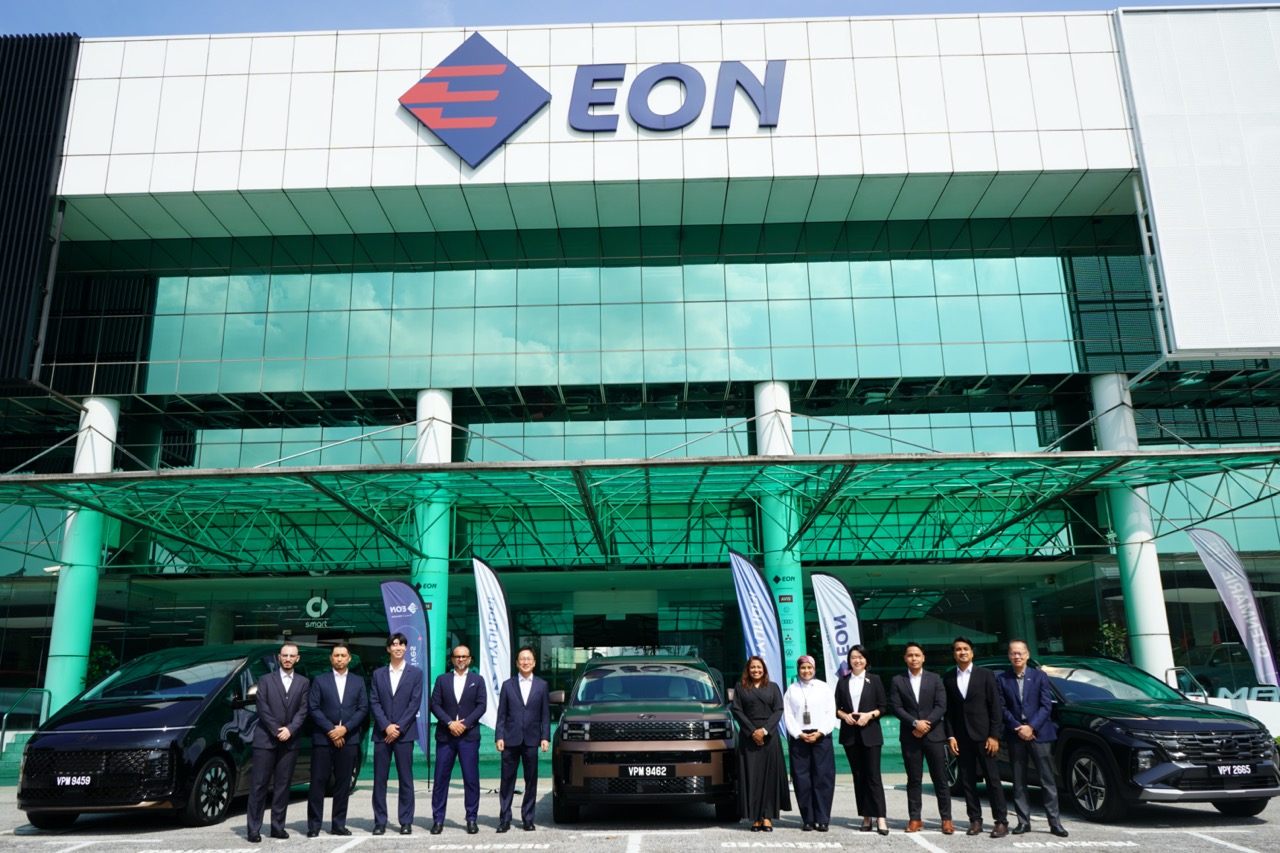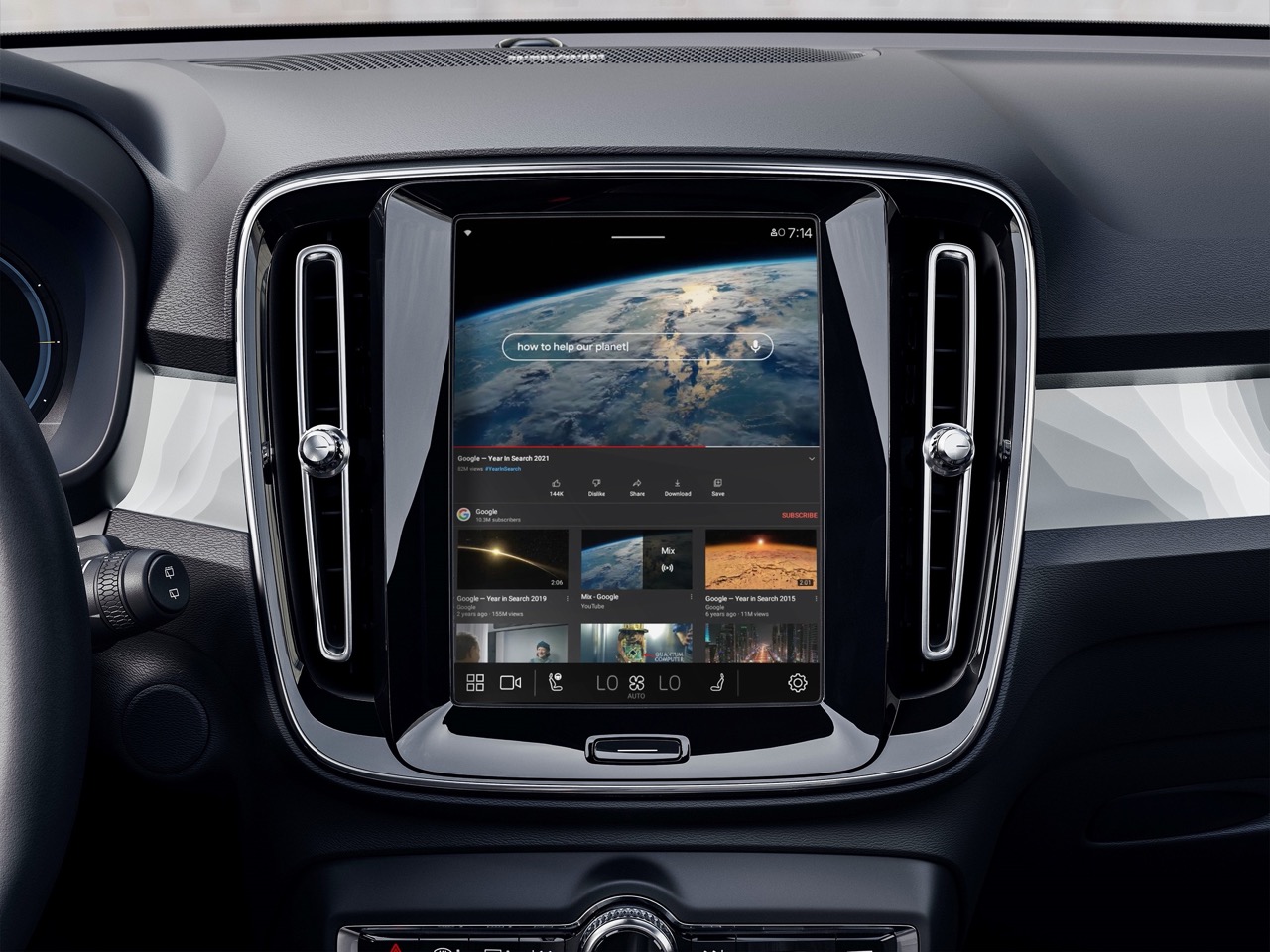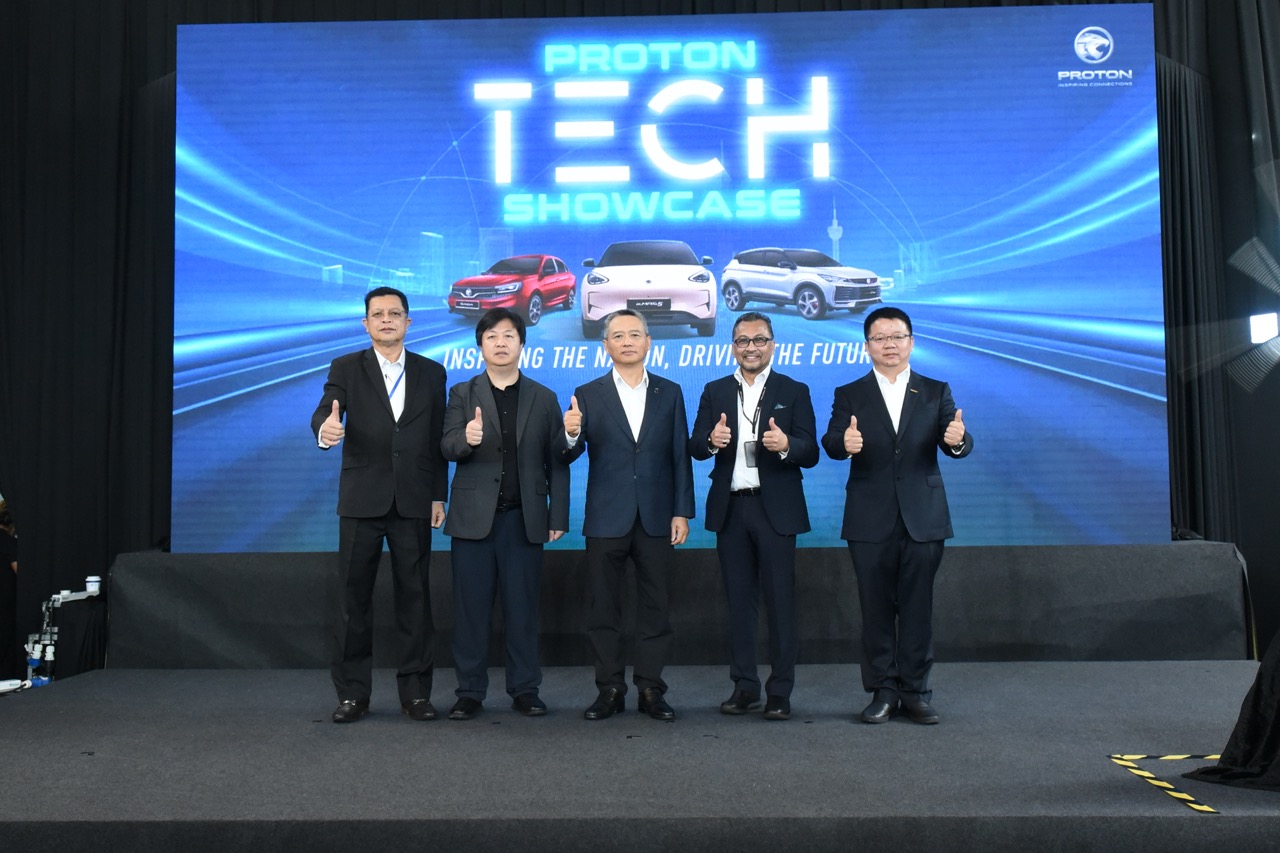Honda Malaysia has kept the momentum going in its 25th anniversary celebrations by announcing and presenting the November winners of its “Because of You” campaign, with a Civic 1.5L RS and a CR-V 2.0L e:HEV RS finding new homes. The prize handovers took place at authorised dealerships, marking another milestone in the year-long customer appreciation programme.
One of the winners, Negeri Sembilan resident Zulkeffli bin Abdul Rahman, had purchased an HR-V 1.5T V as a second vehicle for his family when he was selected for the Civic prize. Unable to attend the handover in person, the keys were received on his behalf by his daughters, Nuramirah and Nuratikah.
As a long-time Honda owner, Zulkeffli highlighted his trust in the brand, citing reliability, safety and the ease of maintenance through Honda’s extensive authorised service network. His household now counts a City, an HR-V and a newly won Civic in the driveway, turning what began as a practical purchase into an unexpected family celebration and plans for future road trips.





